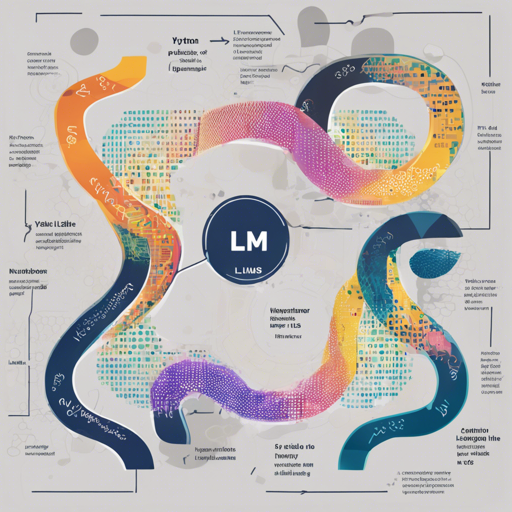If you’re eager to dive into the world of large language models (LLMs) like GPT and learn how to utilize them through various interfaces such as LlamaIndex, LangChain, and Pinecone, you’ve come to the right place! This blog will take you through the process of setting up and running code samples from a repository focused on LLM tutorials, especially designed for beginners and seasoned techies alike.
Understanding the Frameworks: Analogies to Simplify Concepts
Before we wade into the technical waters, let’s break it down with a simple analogy. Think of the various LLM frameworks (like LangChain, LlamaIndex, and Pinecone) as different types of vehicles. Each vehicle offers unique features and advantages for specific terrains. For instance, LangChain might be like a robust SUV, perfect for navigating through unscripted scenarios like open-ended conversations, while Pinecone serves as a fast sports car that excels in memory and quick data retrieval for sophisticated queries. Choosing the right vehicle (or framework) will depend on the adventure (or project) you’re embarking on.
Getting Started
- Clone the Repository: Begin by cloning the repository that contains the necessary code and instructional materials.
- Install Requirements: Navigate to your terminal and execute
pip install -r requirements.txt. This command installs all the libraries you’ll need. - Sample Data: A sample dataset is available within the ‘news’ folder. Feel free to replace or augment it with your own text files to experiment further.
- Create a .env File: You will need an OpenAI API key to proceed. This can be acquired from OpenAI. Include the key in your .env file in the following format:
OPENAI_API_KEY=your_api_key_hereOptional keys such as HUGGINGFACEHUB_API_TOKEN and PINECONE_API_KEY can be added if you wish to explore more advanced functionalities.
- Run Examples: You can execute the examples in any order you prefer. For example, running
python 6_team.pywill trigger the QA example, which leverages GPT-3 to answer questions about a fictional company.
Quick Reference of Lessons
Here’s a concise table that highlights the key lessons available:
| Part | LLM Tutorial | Link | Video Duration |
|---|---|---|---|
| 1 | OpenAI tutorial and video walkthrough | Tutorial Video | 26:56 |
| 2 | LangChain + OpenAI tutorial: Building a QA system w own text data | Tutorial Video | 20:00 |
| 3 | LangChain + OpenAI to chat with own Database CSV | Tutorial Video | 19:30 |
| 10 | Making a Sci-Fi game w Cohere LLM + Stability.ai | Tutorial Video | 1:02:20 |
Troubleshooting Tips
As you venture through your LLM learning journey, some common issues may arise.
- If you encounter installation errors, particularly with the Triton package, consult the triton compatibility guide for solutions.
- For any discrepancies between your code and the tutorials, remember the code in the repository may reflect the most current library versions. Small changes (~1-2 lines) might occur between releases.
- If something seems amiss, raise an issue in the repository or consider contributing updates.
- For more insights, updates, or to collaborate on AI development projects, stay connected with fxis.ai.
At fxis.ai, we believe that such advancements are crucial for the future of AI, as they enable more comprehensive and effective solutions. Our team is continually exploring new methodologies to push the envelope in artificial intelligence, ensuring that our clients benefit from the latest technological innovations.
Conclusion
By harnessing the capabilities of LLMs through the frameworks provided, you’ll be well on your way to building effective AI-based applications. Whether you’re creating conversational agents, query systems, or even games, the possibilities are limitless. Dive in, explore, and let your creativity shine!

